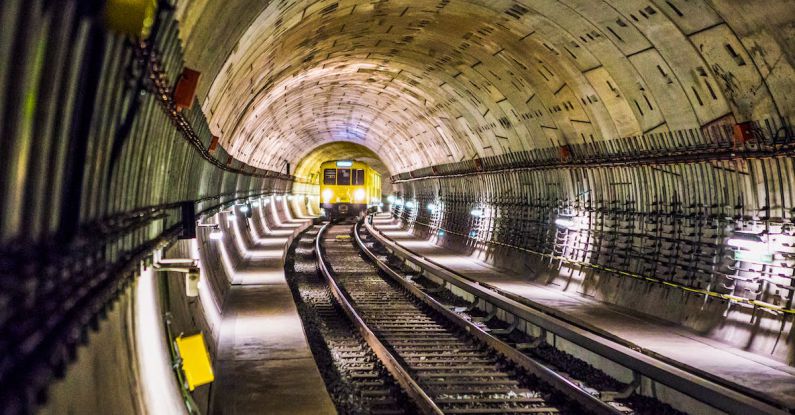When Should You Upgrade Your it Infrastructure?
In today’s rapidly evolving technological landscape, businesses must constantly evaluate their IT infrastructure to ensure it meets their needs. While upgrading your IT infrastructure can be a significant investment, it is often necessary to stay competitive and efficient in an increasingly digital world. In this article, we will explore the key factors to consider when deciding if and when to upgrade your IT infrastructure.
Evolving Business Needs
As your business grows and evolves, so do your IT requirements. It is vital to regularly assess whether your existing infrastructure can support your current and future needs. Consider factors such as increased workload, expanding customer base, or new product lines. If your infrastructure is struggling to keep up, it may be time for an upgrade.
Outdated Technology
Technology is advancing at an unprecedented pace. What was cutting-edge just a few years ago may now be outdated and inefficient. Legacy systems can hinder productivity and limit your ability to take advantage of new opportunities. If your IT infrastructure is based on outdated technology, it may be time to upgrade to more modern and efficient solutions.
Security Vulnerabilities
Cybersecurity threats are a constant concern in today’s digital landscape. Outdated IT infrastructure can leave your business vulnerable to attacks and data breaches. Upgrading to more secure systems and implementing robust security measures can help protect your valuable data and safeguard your business from potential threats.
Performance Issues
If you are experiencing frequent system crashes, slow response times, or other performance issues, it may be a clear indication that your IT infrastructure needs an upgrade. Downtime and productivity losses can have a significant impact on your business’s bottom line. Investing in a more reliable and efficient infrastructure can help minimize disruptions and improve overall performance.
Scalability and Flexibility
As your business grows, your IT infrastructure needs to be scalable and flexible enough to accommodate increasing demands. If your current infrastructure is struggling to support growth or lacks the agility to adapt to changing business requirements, it may be time for an upgrade. Investing in a scalable infrastructure can future-proof your business and ensure you can easily scale up or down as needed.
Competitive Advantage
In today’s competitive market, staying ahead of the competition is crucial. An upgraded IT infrastructure can give you a competitive edge by enabling faster response times, improved customer experiences, and more efficient operations. Evaluate your competitors’ capabilities and assess whether your current infrastructure is holding you back from achieving your full potential.
Cost of Maintenance
While upgrading your IT infrastructure requires an initial investment, it is essential to consider the long-term cost of maintaining outdated systems. Legacy systems often require frequent patches, updates, and repairs, which can be costly and time-consuming. Upgrading to more modern infrastructure can reduce maintenance costs and improve overall efficiency.
Conclusion: Making the Right Decision
Deciding when to upgrade your IT infrastructure is a critical business decision. By considering factors such as evolving business needs, outdated technology, security vulnerabilities, performance issues, scalability, competitive advantage, and maintenance costs, you can make an informed decision that aligns with your business goals. Regularly evaluating your IT infrastructure and staying up to date with the latest technological advancements will help ensure your business remains competitive and efficient in today’s digital age.






